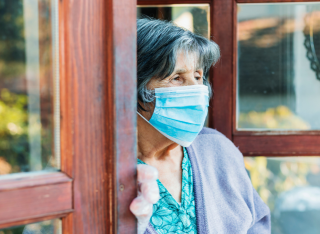
Dr Huaiwen Wu
Academic and research departments
Global Centre for Clean Air Research, School of Sustainability, Civil and Environmental Engineering, Institute for Sustainability.About
My research project
Healthy ageing community design using green infrastructureAge-friendly communities should be not just friendly, but also require sufficient green infrastructure (GI) to establish a healthy interaction between older people and the built environment. This project aims to develop green infrastructure strategies in healthy aging communities to understand the trade-off between the elderly, ventilation, air pollution build-up and mitigation strategies to benefit the indoor air quality as well as the airborne transmission of diseases. The work will involve measurements as well as the computational fluids modelling.
Age-friendly communities should be not just friendly, but also require sufficient green infrastructure (GI) to establish a healthy interaction between older people and the built environment. This project aims to develop green infrastructure strategies in healthy aging communities to understand the trade-off between the elderly, ventilation, air pollution build-up and mitigation strategies to benefit the indoor air quality as well as the airborne transmission of diseases. The work will involve measurements as well as the computational fluids modelling.
Sustainable development goals
My research interests are related to the following:


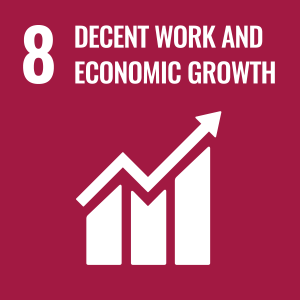

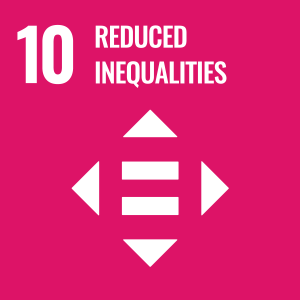

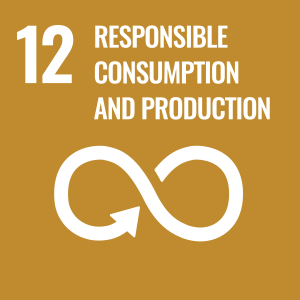

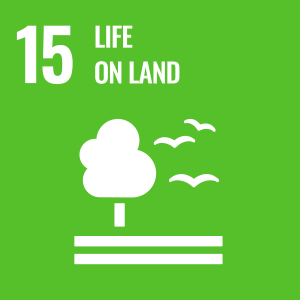
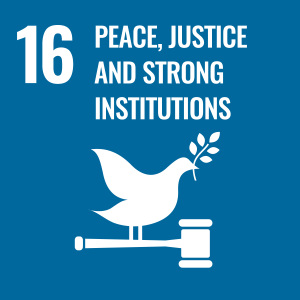
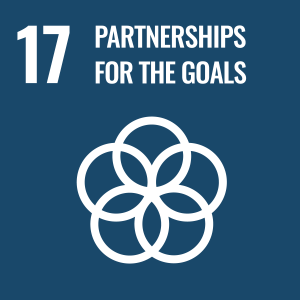
Publications
The elderly population is relatively vulnerable to air pollution and thermal stress due to their low mobility and high prevalence of chronic disorders. Appropriate green infrastructure (GI) deployment can improve both the indoor and outdoor air quality and thermal environments of elderly care centres (ECCs), yet a systematic review on this topic area is lacking. This review aims to fill this gap by investigating the impacts of GI on ECC building environment and presents the approaches for integrating GI into the building environment design. We discussed the significance of linking air quality with the thermal environment to ECCs and the effects of GI on the elderly's physical health. We investigated the key design considerations for GI in ECC buildings (e.g., spatial layout, species, aesthetics and fire prevention). Also, the diversity of monitoring and modelling approaches for evaluating the benefits of GI in indoor and outdoor environments was assessed. Finally, we evaluated the associated challenges and provided design recommendations for improving the environments in and around the ECC buildings (e.g., bedrooms, indoor gardens, green roofs and courtyards). The quantitative evidence for linking GI with indoor and outdoor air pollution and extreme heat around the ECC buildings are limited. However, this evidence-base is important for providing generic advice to the building designers and the elderly. Further studies such as the evaluation criteria and monitoring standard are required to develop holistic design recommendations for ECC buildings. The empirical research about the social and economic impacts is also necessary to facilitate the sustainable development of the ageing societies.
Poor ventilation and polluting cooking fuels in low-income homes cause high exposure, yet relevant global studies are limited. We assessed exposure to in-kitchen particulate matter (PM2.5 and PM10) employing similar instrumentation in 60 low-income homes across 12 cities: Dhaka (Bangladesh); Chennai (India); Nanjing (China); Medellín (Colombia); São Paulo (Brazil); Cairo (Egypt); Sulaymaniyah (Iraq); Addis Ababa (Ethiopia); Akure (Nigeria); Blantyre (Malawi); Dar-es-Salaam (Tanzania) and Nairobi (Kenya). Exposure profiles of kitchen occupants showed that fuel, kitchen volume, cooking type and ventilation were the most prominent factors affecting in-kitchen exposure. Different cuisines resulted in varying cooking durations and disproportional exposures. Occupants in Dhaka, Nanjing, Dar-es-Salaam and Nairobi spent > 40% of their cooking time frying (the highest particle emitting cooking activity) compared with ∼ 68% of time spent boiling/stewing in Cairo, Sulaymaniyah and Akure. The highest average PM2.5 (PM10) concentrations were in Dhaka 185 ± 48 (220 ± 58) μg m−3 owing to small kitchen volume, extensive frying and prolonged cooking compared with the lowest in Medellín 10 ± 3 (14 ± 2) μg m−3. Dual ventilation (mechanical and natural) in Chennai, Cairo and Sulaymaniyah reduced average in-kitchen PM2.5 and PM10 by 2.3- and 1.8-times compared with natural ventilation (open doors) in Addis Ababa, Dar-es-Salam and Nairobi. Using charcoal during cooking (Addis Ababa, Blantyre and Nairobi) increased PM2.5 levels by 1.3- and 3.1-times compared with using natural gas (Nanjing, Medellin and Cairo) and LPG (Chennai, Sao Paulo and Sulaymaniyah), respectively. Smaller-volume kitchens (<15 m3; Dhaka and Nanjing) increased cooking exposure compared with their larger-volume counterparts (Medellin, Cairo and Sulaymaniyah). Potential exposure doses were highest for Asian, followed by African, Middle-eastern and South American homes. We recommend increased cooking exhaust extraction, cleaner fuels, awareness on improved cooking practices and minimising passive occupancy in kitchens to mitigate harmful cooking emissions.
In-kitchen air pollution is a leading environmental issue, attributable to extensive cooking, poor ventilation and the use of polluting fuels. We carried out a week-long monitoring of CO2, temperature and relative humidity (RH) in five low-income residential kitchens of 12 global cities (Dhaka, Chennai, Nanjing, Medellín, São Paulo, Cairo, Sulaymaniyah, Addis Ababa, Nairobi, Blantyre, Akure and Dar-es-Salaam). During cooking, the average in-kitchen CO2 concentrations were 22.2% higher than the daily indoor average. Also, the highest CO2 was observed for NVd (natural ventilation-door only; 711 ± 302 ppm), followed by NVdw (natural ventilation-door + window; 690 ± 319 ppm) and DVmn (dual ventilation-mechanical + natural; 677 ± 219 ppm). Using LPG and electric appliances during cooking exhibited 32.2% less CO2 than kerosene. Larger kitchens (46–120 m3) evinced 28% and 20% less CO2 than medium (16–45 m3) and small (4–15 m3) ones, respectively. In-kitchen CO2 with >2 occupants during cooking was 7% higher than that with one occupant. 87% of total kitchens exceeded the ASHRAE standard (RH >40%, temperature >23 °C) for thermal comfort. Considering the ventilation type, both the ACH (air change rate per hour) and ventilation rate followed the order: NVdw > NVd > DVmn, while the trend for weekly average CO2 concentration was NVd > DVmn > NVdw. Larger kitchens presented 22% and 28% less ACH, and 82% and 190% higher ventilation rate than medium- and small-volume ones, respectively. Forty-three percent kitchens had ACH <3 h−1 and ventilation rate <4 L/s/person, hence violated the conditions for ideal ventilation. Moreover, 10% of the Hazard Ratio values for 25% kitchens exceeded the CO2 reference value (1000 ppm). Consequently, our findings prompted several recommendations towards improving in-kitchen ventilation and environmental conditions of low-income homes.
